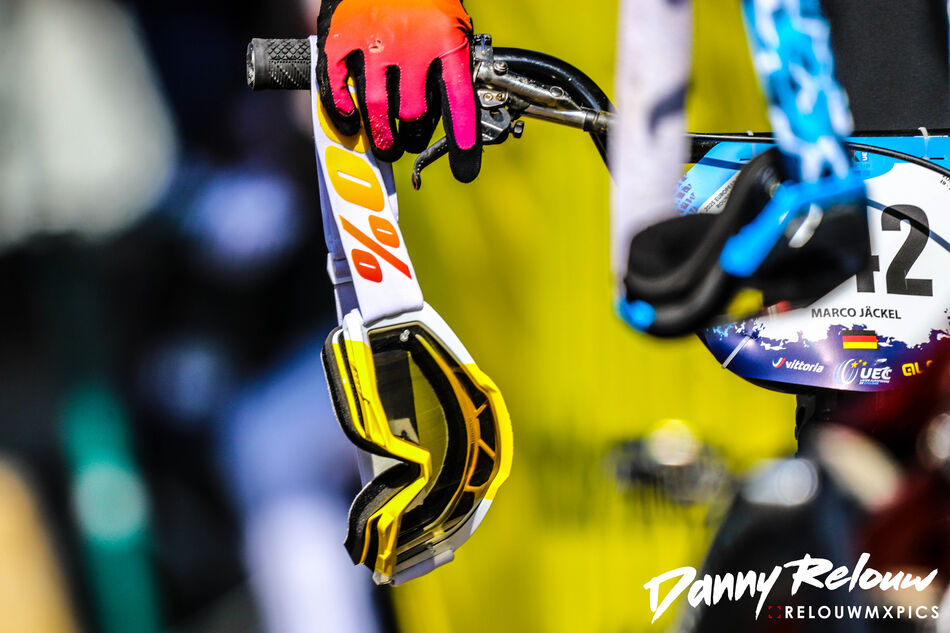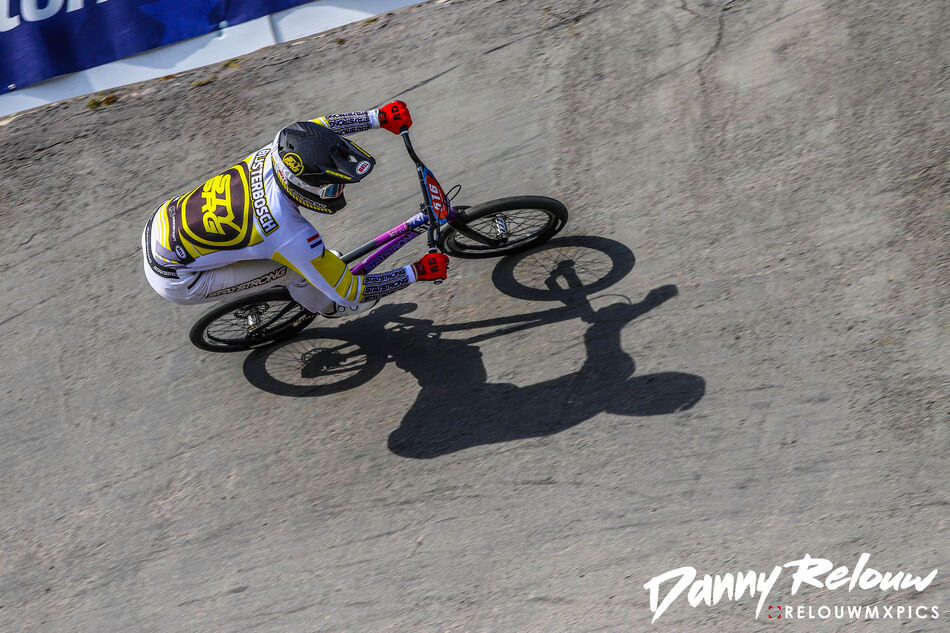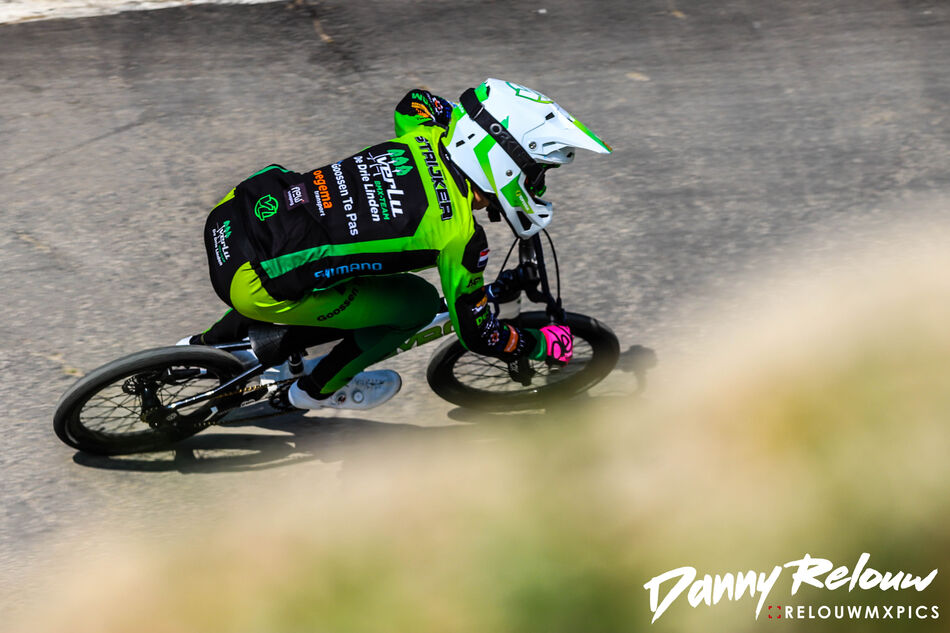can leave a lasting footprint. Waste left behind after weekend tournaments, increased emissions from travel, and using synthetic chemicals in maintenance routines all add up. What used to be overlooked is now being examined more closely, and many BMX communities are stepping up to make a difference. In this article, we will discuss how BMX events are going green.
In this article, we will discuss how BMX events are going green.
Reducing Environmental Impact with Smarter Course Management
Much of the environmental push in BMX begins with how the tracks are maintained. In the past, certain products were used for the safety of audiences. One such product used for fire safety, especially from oil-based fires, was aqueous film-forming foam (AFFF). Managers can keep AFFF for oil-based fires that have spread to the track from an associated building or due to an oil spill ignition.
Concerns surrounding AFFF have grown due to its links to groundwater contamination and long-lasting health effects. Individuals, including firefighters and military officers who were exposed to AFFF and developed various cancers, have filed an AFFF lawsuit. Many studies have linked AFFF ingredients per- and poly-fluoroalkyl substances (PFAS) to kidney, testicular, liver, breast, and other cancers.
According to TorHoerman Law, plaintiffs allege that AFFF manufacturers should have warned them about the potential health effects. However, they neglected their health to make profits from their products. Thus, plaintiffs now seek appropriate compensation for the troubles they have faced.
The growing concern over AFFF has made BMX organizers reconsider the products they use to maintain tracks and safeguard events. This shift isn't just about avoiding negative attention; it's about setting a new standard.
There are many such examples, like using recycled materials instead of chemical stabilizers to suppress dirt on tracks. These options may require more hands-on maintenance, but they offer a cleaner, more sustainable option for track design.
Rethinking Travel and Logistics for Competitive Events While BMX is a local hobby for many riders, competitive events often draw participants from across state lines or even internationally. There are many global BMX racing events hosted in different parts of the world. According to Bicycle and Bikes, some of the global competitions include:
While BMX is a local hobby for many riders, competitive events often draw participants from across state lines or even internationally. There are many global BMX racing events hosted in different parts of the world. According to Bicycle and Bikes, some of the global competitions include:
-UCI BMX World Championships
-MX World Cup
-BMX Freestyle Park World Cup
-UCI BMX Supercross World Cup
-Red Bull Pump Track World Championship
B MX racing is also part of the Olympics. Eight cyclists participate in BMX racing competitions. The sport debuted in the 2008 Olympics, which were hosted in Beijing. Maris Strombergs and Anne-Caroline were the first winners in the Olympics for BMX racing.
MX racing is also part of the Olympics. Eight cyclists participate in BMX racing competitions. The sport debuted in the 2008 Olympics, which were hosted in Beijing. Maris Strombergs and Anne-Caroline were the first winners in the Olympics for BMX racing.
With the national and international participants traveling to attend a race comes a significant carbon footprint. Transporting bikes, gear, and personnel requires fuel, and large crowds can increase the strain on local infrastructure.
To address this, some BMX organizations have started working with local transit providers to encourage shared travel. These events also encourage audiences to use cycles for traveling to reduce their carbon footprint. For instance, Copenhagen is hosting numerous international events in 2025 to put cycling at the heart of its sustainability strategy. Venues themselves are also adapting. Solar-powered lighting, water refill stations, and composting bins are now more common at larger events. These additions make it easier for spectators and competitors to make environmentally conscious choices without added inconvenience.
Venues themselves are also adapting. Solar-powered lighting, water refill stations, and composting bins are now more common at larger events. These additions make it easier for spectators and competitors to make environmentally conscious choices without added inconvenience.
Community Involvement and Education Beyond the Finish Line
BMX tracks have always been gathering spots, drawing families, young riders, and longtime fans. That sense of community is now being used to promote environmental awareness. From pop-up booths offering recycling tips to interactive exhibits teaching kids about conservation, BMX events are becoming a platform for learning.
Many of these efforts are driven by volunteers who want to keep the sport vibrant while making it more mindful. Workshops held during off-peak hours allow attendees to understand what goes into creating a sustainable event. Topics might include native landscaping for erosion control, waste reduction techniques, or updates on eco-friendly gear materials.
Sponsors are also stepping in, choosing to back events that align with their own sustainability values. This includes everything from biodegradable packaging for food vendors to custom merchandise made from organic or recycled fabrics.
As expectations shift, companies realize that supporting greener events isn't just good optics; it reflects the priorities of the people they're trying to reach. This is important because many consumers prefer eco-friendly brands and are willing to pay more for sustainable products.
Frequently Asked Questions
Are BMX bikes themselves eco-friendly?
BMX bikes are generally lightweight and long-lasting, which reduces the need for frequent replacements. However, many frames are made from aluminum or steel, which involves energy-intensive production. Some brands are exploring recycled metals or carbon-neutral manufacturing processes to make bikes more environmentally friendly.
How do BMX events handle food and beverage waste?
Many green-focused BMX events now work with vendors who use compostable packaging. Some have introduced returnable cup and container programs to reduce single-use plastics. Volunteer teams often help sort and manage waste stations to ensure proper recycling and composting.
Can spectators help make BMX events more sustainable?
Yes. Spectators can bring reusable water bottles, avoid littering, use public transport when possible, and follow waste-sorting instructions at the venue. Even small actions like picking up trash or encouraging others to do the same contribute to cleaner events.
The rise of sustainability in BMX is a sign that tradition and responsibility can go hand in hand. Dirt tracks and clean consciences aren't at odds. In fact, they complement each other when the goal is to keep the sport strong for the next generation. While the changes may not happen all at once, the movement is clear. As BMX continues to grow, so does the commitment to doing things differently, with more care and awareness along the ride.
Dirt Tracks and Clean Conscience: BMX Events Going Green
 BMX racing has always been about speed, grit, and adrenaline. Riders hurl themselves around dusty berms and launch into the air with nothing but balance, skill, and nerve. These events have captured the imagination of fans across generations. According to Statista, BMX participation in the USA grew by 7% in 2023 compared to 2022 and has more than doubled since 2011. A total of 4.4 million Americans participated in this sport in 2023. While the sport primarily focuses on speed, organizers are also now considering sustainability. They are rethinking how events are run without losing the sport's soul.
BMX racing has always been about speed, grit, and adrenaline. Riders hurl themselves around dusty berms and launch into the air with nothing but balance, skill, and nerve. These events have captured the imagination of fans across generations. According to Statista, BMX participation in the USA grew by 7% in 2023 compared to 2022 and has more than doubled since 2011. A total of 4.4 million Americans participated in this sport in 2023. While the sport primarily focuses on speed, organizers are also now considering sustainability. They are rethinking how events are run without losing the sport's soul.
As the culture of competition evolves, so does the understanding of how even temporary events




 After doing a BMX 'zine for ten years (1987 - 1996) FATBMX made it on the internet. The year was 1998. Here to stay.
After doing a BMX 'zine for ten years (1987 - 1996) FATBMX made it on the internet. The year was 1998. Here to stay.